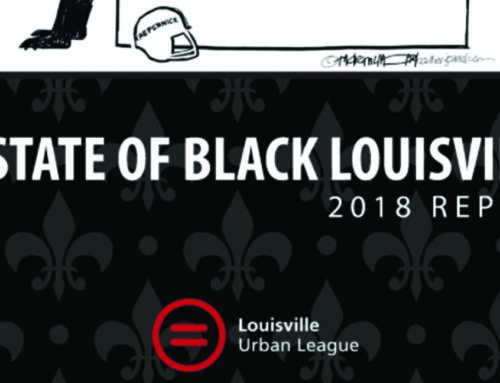Adolescence is a period of change and creativity where young people draw on adult and child like behaviors to negotiate identity development. During this period of change, youth begin to form social groups with others that have similar concerns and experiences and as a result different subcultures are born (Nayak, 2003). Most of the research on youth subcultures in the United States and the UK view these groups as forms of style, resistance and political opposition (Huq, 2006). Today, many youth subcultures are seen as micro-communities, which share a particular interest in music, taste, fashion, politics, art, sports, dance, and other social practices that provide a symbolic link to a parent culture, or the culture that preceded it (Nayak, 2003). However, since individuals frequently move in and out of youth subcultures, terms such as neo-tribes and scenes are more widely used (Haenfler, 2010).





